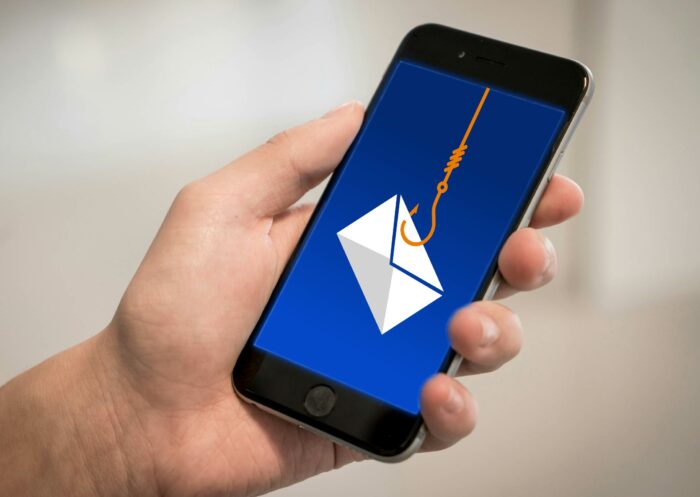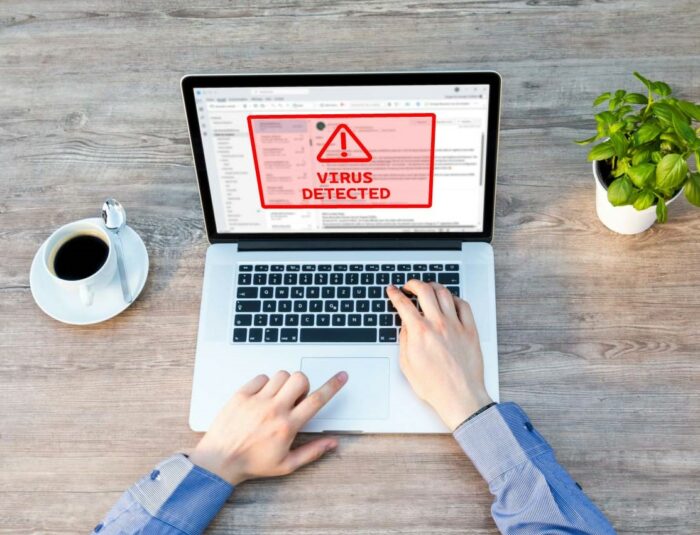Jahre Erfahrung
E-Mail-Lösungen für KMU und Behörden
Unternehmen, Dienstleister und öffentliche Einrichtungen: Schützen Sie Ihre Geschäftskommunikation mit E-Mail-Lösungen, die auf Ihre Bedürfnisse zugeschnitten sind. Setzen Sie auf nachhaltige europäische Technologie!
E-Mail-Sicherheitslösungen, die Ihre Assets schützen
Ihr Unternehmen verlässt sich bei der täglichen Kommunikation auf E-Mails. Ihre E-Mail-Infrastruktur ist das Herzstück Ihres Kommunikationssystems, egal ob es sich um den Austausch mit Kunden, interne Gespräche oder die Übertragung vertraulicher Daten handelt. Sie kann nicht riskieren, verlangsamt zu werden oder Ziel böswilliger Angriffe zu sein.
Die E-Mail- und Sicherheitslösungen von Alinto haben alles, was Sie brauchen, um eine stets funktionierende E-Mail-Kommunikation zu gewährleisten, Ihre E-Mail-Infrastruktur vor Cyberangriffen zu schützen und die Zustellbarkeit Ihrer hochvolumigen Transaktions-E-Mails sicherzustellen.

Kleine und mittelständische Unternehmen
Behalten Sie die Kontrolle über Ihr E-Mail-Management. Alinto ist Ihr erfahrener Partner für alle Bedürfnisse im Zusammenhang mit E-Mails, von der Infrastruktur über die Sicherheit bis hin zur Zustellbarkeit.

Öffentliche Verwaltung und Gesundheitswesen
Behalten Sie die E-Mail-Infrastruktur, die Sicherheitsrisiken, die Zustellbarkeit und die Kosten im Griff. Alinto hilft Ihnen beim Aufbau eines robusten E-Mail-Dienstes für öffentliche Verwaltungen und Gesundheitsorganisationen.

Managed-Service-Anbieter
Partner für E-Mail-Sicherheitsdienste für Dienstleister: Vertrauen Sie Ihre E-Mail-Themen Alinto an und konzentrieren Sie sich auf Ihr Kerngeschäft.
Holen Sie die Kontrolle über Ihre E-Mails zurück!
Mit Lösungen, die Ihre E-Mails sicherer, zuverlässiger und souveräner machen. Unser Expertenteam freut sich auf Sie!

"Unsere Kunden interessieren sich zunehmend für Fragen des Datenschutzes und der digitalen Souveränität in Bezug auf ihre E-Mail-Lösungen. Das ist keine Überraschung, wenn man bedenkt, wie viele vertrauliche Informationen tagtäglich per E-Mail ausgetauscht werden".
Alinto macht geschäftliche E-Mails einfach und sicher
Alinto ist ein führendes E-Mail-Technologieunternehmen in Europa. Wir bieten sichere und zuverlässige E-Mail-Lösungen und -Dienste für Unternehmen. Wir bieten zuverlässiges E-Mail-Hosting und zuverlässige E-Mail-Zustellung sowie Schutz vor Cyberbedrohungen, um den reibungslosen Ablauf Ihres Unternehmens zu gewährleisten.
100% EMAIL
PARTNER VON ISP, MSP, UNTERNEHMEN & BEHÖRDEN
IN DER PRIVATEN CLOUD ODER VOR ORT
versorgte Unternehmen
zufriedene Nutzer
täglich verarbeitete E-Mails










Neueste Blogbeiträge
Holen Sie sich die neuesten Tipps und Ratschläge des Alinto-Expertenteams zu Themen, die für Sie wichtig sind: E-Mail, Sicherheit und Nachhaltigkeit im IT-Bereich.
Was ist ein Phishing-Test und wie kann Ihr Unternehmen davon profitieren?
Im heutigen digitalen Zeitalter ist die Datensicherheit in Ihrem Unternehmen von entscheidender Bedeutung. Der Diebstahl oder (...)
Weiter lesenWas ist ein Spam-Filter für ISPs und wie funktioniert er?
Die digitale Welt wächst unaufhaltsam und webt ein immer dichteres Netzwerk, das unsere Gesellschaften tiefgreifend verbindet. (...)
Weiter lesenHigh Volume E-Mail und Microsoft-Einschränkungen: Warum Sie Ihre E-Mail-Versand-Strategie überdenken sollten
In der digitalen Geschäftswelt wird es immer schwieriger, große Mengen an E-Mails effizient zu versenden. Für (...)
Weiter lesen

